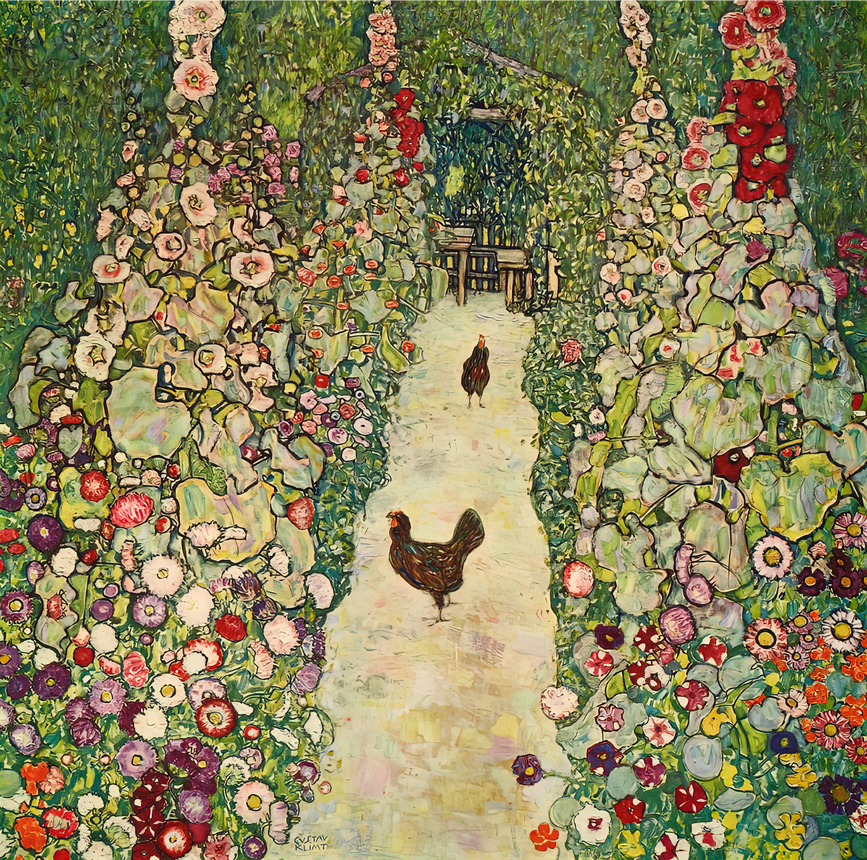
The word percorso is the past participle of the verb percorrere. The verb percorrere derives from the Latin percurrere, which had the meanings of “to cross”, but also “to flow” with the thought or the gaze, “to enumerate” or “to mention” in passing. Percurro is in fact a compound of the verb currere (to run, to flow, to pass) and per, a preposition used for the complement of motion in place, of continuous time, but also of means and of cause and distribution.
In short, if the verb corro gives an idea of movement to the compound percurro, the preposition per indicates in what way this movement is carried out.
Percorsum has the value of anteriority with respect to the main verb of the sentence and expresses an accomplished action. These nuances are also preserved in the Italian percorso.
It is also interesting to note that percorso indicates, in common language, both the fact of travelling, i.e. moving from place to place, and the stretch of road crossed. With a certain degree of approximation, we could therefore say that the path is linked to the present in that it indicates the “fact of travelling” and to the past in that it indicates the “stretch crossed”. But a path is also something that orients us towards the future, it is an indication of direction, a trajectory towards the future.
It is essential to understand that, as the presence of the preposition per already suggested in the etymology, a path is made up first and foremost of successive moments, it is a sequence that must be crossed in order to be able to turn back and measure the distance, precisely, travelled.
In medicine, there are short paths and long paths, rough and smooth, individual or collective. All are united by the presence of the subject who undertakes them. If one considers the care path only from a ‘metric’ point of view, i.e. exclusively in terms of numbers and values, without taking into account the person who undertakes that path, one neglects precisely what is the unit of measurement of the path itself, the person themselves. In fact, it is only with respect to the point of view of the observer and the experience of the subject that it is possible to measure the stretch crossed and to consider it truly travelled. We talk about patient journey when the clinical protocol, objective and impersonal, is integrated with the consideration of the subjective of the patient.
The story of each person embarking on such a journey can be collected through the tools of narrative medicine and thus considered and integrated into the treatment itself. The sensitivity and tools to plan, collect and interpret narratives are not innate, but require training and study. But the fruits are evident: the SPARE project and the survey on Epilepsy and Work conducted by ISTUD Sanità e Salute, for example, have brought to light issues and life experiences that go beyond pharmacological treatments.
Please leave us a word for your feeling of creativity.
